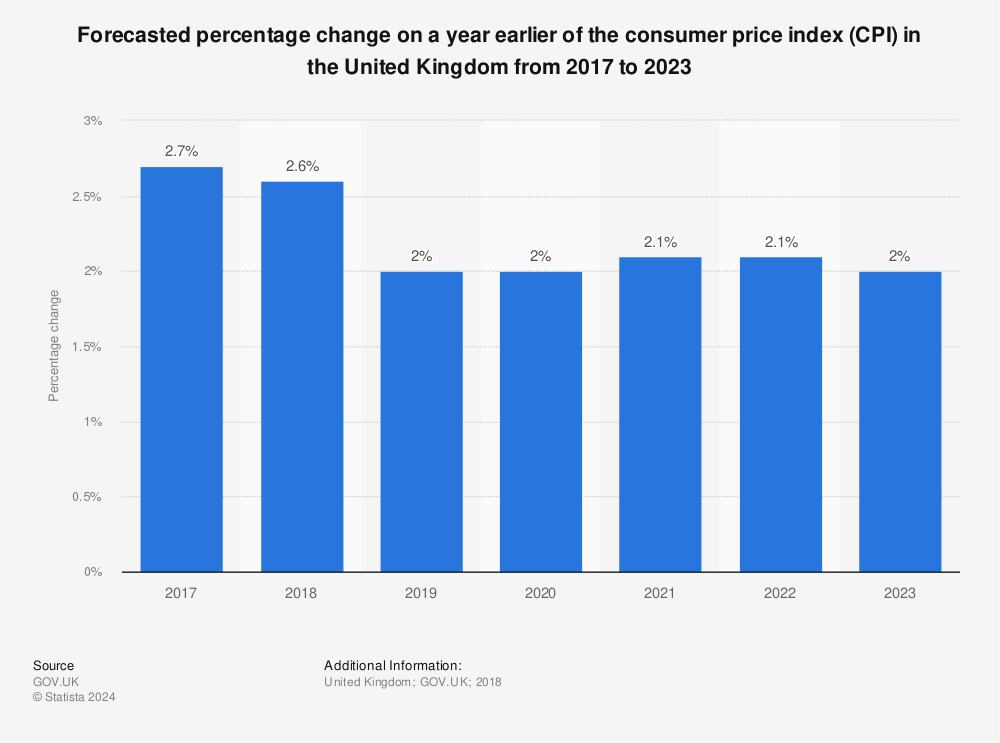What Happened
The U.S. Consumer Price Index (CPI) report for May 2025 is anticipated to show a moderate increase in consumer prices, primarily influenced by the effects of import tariffs imposed by the Trump administration. Economists forecast a 0.2% rise in the CPI for May, consistent with the increase seen in April, and a year-on-year increase of 2.5%. The core CPI, which excludes the more volatile food and energy prices, is expected to rise by 0.3%, marking the largest gain since January, and a year-on-year increase of 2.9%.
The anticipated rise in prices is attributed to the beginning of tariff-related inflationary pressures, which are expected to escalate in the coming months. Retailers, having previously sold goods stocked before the tariffs took effect, are now beginning to raise prices in response to the new import duties. This trend is expected to continue, with maximum impacts projected for June and July.
Key Details
- CPI Increase: The CPI is expected to increase by 0.2% in May, matching the April increase.
- Year-on-Year CPI: Forecasted to rise by 2.5%, up from 2.3% in April.
- Core CPI: Estimated to rise by 0.3%, with a year-on-year increase of 2.9%, compared to 2.8% in April.
- Gasoline Prices: A decline in gasoline prices in May, attributed to concerns over global economic growth, may have moderated the overall CPI increase.
- Tariff Impact: Economists suggest that the tariffs are beginning to affect consumer prices, with significant price increases expected in the coming months.
- Data Collection Issues: The Bureau of Labor Statistics (BLS) has suspended CPI data collection in three cities due to staffing shortages, which could affect the accuracy of future reports.
Multiple Perspectives
Economists have varying opinions on the implications of the upcoming CPI report. Some, like Stephen Stanley, chief U.S. economist at Santander U.S. Capital Markets, believe that May will mark the start of significant price increases due to tariffs, predicting that the most substantial impacts will be felt in the following months. Others, however, express caution regarding the reliability of the CPI data due to the BLS’s staffing issues. Erica Groshen, a former BLS commissioner, noted that while the overall reliability of the CPI remains intact, the granular data collection may suffer, potentially affecting local price assessments.
Additionally, some economists argue that the recent suspension of data collection in certain areas may not significantly impact the national CPI figures. Brian Bethune, an economics professor at Boston College, stated that the suspension affects a small area and should not be a major concern unless it expands further.
Context & Background
The CPI is a critical economic indicator that measures the average change over time in the prices paid by urban consumers for a market basket of consumer goods and services. The Federal Reserve closely monitors inflation measures, including the CPI, to inform its monetary policy decisions, particularly its target inflation rate of 2%.
The recent import tariffs, part of a broader trade policy under the Trump administration, have been a significant factor in shaping inflationary trends. As retailers begin to adjust prices in response to these tariffs, the potential for sustained inflationary pressure raises concerns about the overall economic impact, particularly on consumer spending and economic growth.
Moreover, the BLS’s staffing challenges reflect broader issues within government agencies, where hiring freezes and workforce reductions have raised questions about the quality and reliability of economic data. The BLS has stated that it continues to evaluate data quality despite these challenges, but the implications for future reports remain uncertain.
What We Don’t Know Yet
Several uncertainties linger regarding the upcoming CPI report and its implications. The extent to which tariffs will continue to influence consumer prices in the coming months is still unclear, as is the potential for further economic repercussions from ongoing trade tensions. Additionally, the impact of the BLS’s staffing shortages on the accuracy of CPI data collection is a concern, particularly if the agency is unable to resume full operations.
Furthermore, while the CPI report is expected to show moderate increases, the actual figures may vary based on unforeseen economic developments, such as shifts in global oil prices or changes in consumer behavior. As the Federal Reserve prepares to meet next week, its response to the evolving inflation landscape will also depend on the broader economic context and the reliability of the data available.
In summary, while the CPI report for May is poised to reflect rising consumer prices influenced by tariffs, the broader implications for the economy and data reliability remain subjects of ongoing analysis and concern.





